I am making my own LED bulbs (for wedge-base sockets in a low-voltage application). A key construction detail requires me to cement a small (roughly 3/8" x 1") piece of FR4 circuit board (which plugs into a wedge-base socket and holds a couple of small components) to an aluminum "star" (a thermal substrate for the LED emitter itself):
https://www.mouser.com/ProductDetail/Bergquist-Company/804087?qs=jQRjkUoUCJebprw0Kn9Vjw%3D%3D
The FR4 will be perpendicular to the star, with the narrow 3/8" edge of the FR4 against the back of the star.
The Osram Oslon SSL emitter will be running at up to a watt (but usually closer to 3/4). They will operate continuously for up to 10 hours at a time. The maximum spec'd junction temp is 135 C.
My question, what is the best method for making this attachment? I have tried JB Weld epoxy (two part), 100% silicon caulk (specifically GE clear Silicon II), and intend to experiment with Sugru. The epoxy is quite strong, but I have managed to break the connections when pulling bulbs out of sockets when they have gotten stuck. The silicon has the advantage of flexibility, but I don't think it's as strong; it's also easier to assemble, as it has enough stiffness to hold the FR4 in position while it cures, whereas the epoxy requires bracing. I've never worked with Sugru.
Are there other methods I might consider? Factors I haven't considered?
